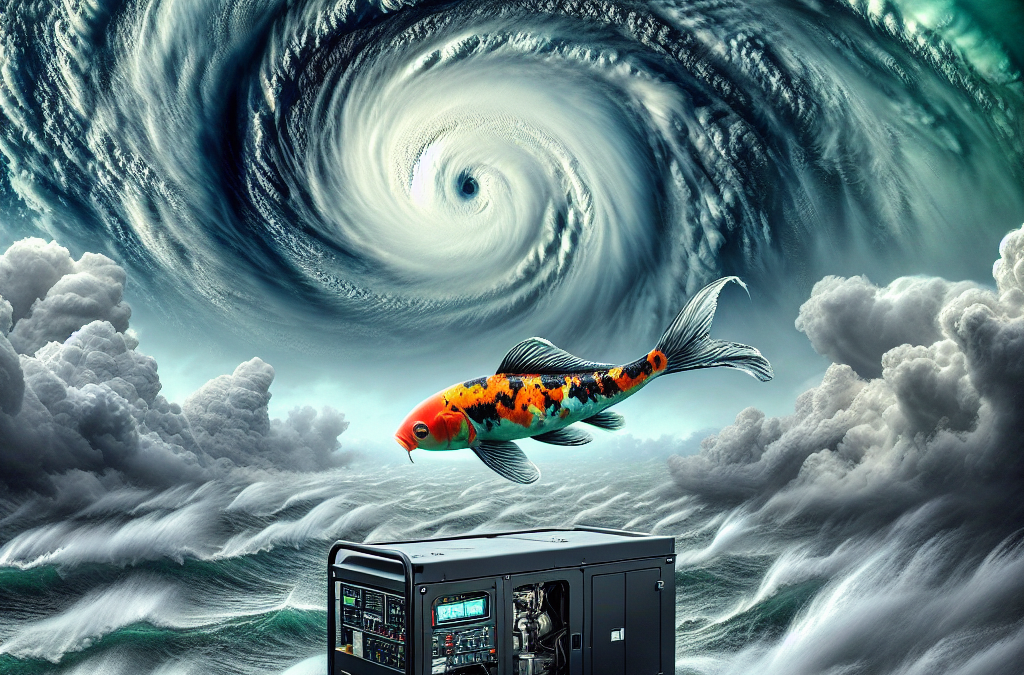Koi ponds are a beautiful addition to any outdoor space, providing a serene and tranquil atmosphere. However, when it comes to storms and hurricanes, koi pond owners need to take extra precautions to ensure the safety and well-being of their fish and the overall functionality of their pond. One of the most important factors to consider when preparing your koi pond for a storm is water chemistry. The pH and KH levels of your pond play a crucial role in the health of your fish. pH measures the acidity or alkalinity of the water, while KH, also known as carbonate hardness, helps to stabilize the pH. In the event of heavy rainfall or flooding, the pH and KH levels of your pond can fluctuate, potentially putting your fish at risk.
To prepare for a storm, it’s important to regularly monitor the pH and KH levels of your pond and make adjustments as necessary. Adding a buffer to your pond can help stabilize the pH and KH levels, providing a safe and stable environment for your koi during and after a storm. Additionally, keeping a supply of fresh, dechlorinated water on hand can also help dilute any potential contaminants that may enter the pond during a storm. In addition to monitoring water chemistry, koi pond owners should also consider investing in a backup generator. During a storm, power outages are not uncommon, and without electricity, your pond’s filtration system and aeration may cease to function. This can lead to a decrease in water quality and oxygen levels, putting your koi at risk. A backup generator can help ensure that your pond continues to receive the necessary filtration and aeration, keeping your fish healthy and safe during and after a storm. When it comes to the physical structure of your koi pond, it’s important to take preventive measures to minimize the potential damage caused by heavy winds and debris. Securing any loose or fragile components, such as decorative rocks or plants, can help prevent them from becoming projectiles during a storm.
Additionally, installing a durable, UV-resistant pond cover can provide an extra layer of protection, helping to shield your pond from debris and excess rainfall. Lastly, it’s crucial to have a plan in place for emergency evacuation of your koi in the event of an impending storm. It’s recommended to have a temporary holding tank or container on hand, along with a portable oxygen supply, to safely transport your fish to a secure location if necessary. Overall, preparing your koi pond for a storm or hurricane requires careful planning and proactive measures. By maintaining water chemistry, investing in a backup generator, and fortifying the physical structure of your pond, you can help ensure the safety and well-being of your beloved koi during the worst of weather conditions.

